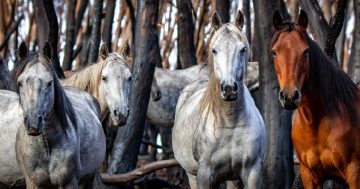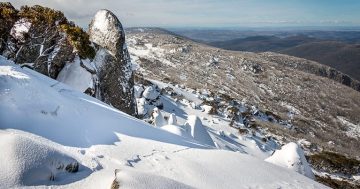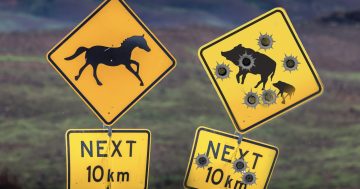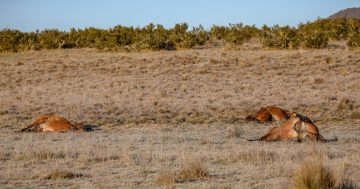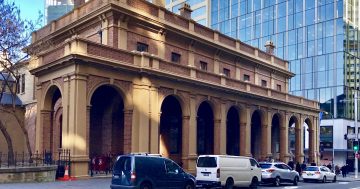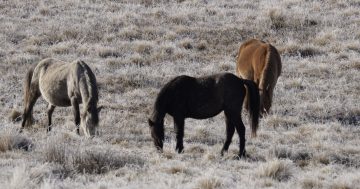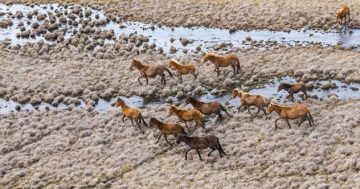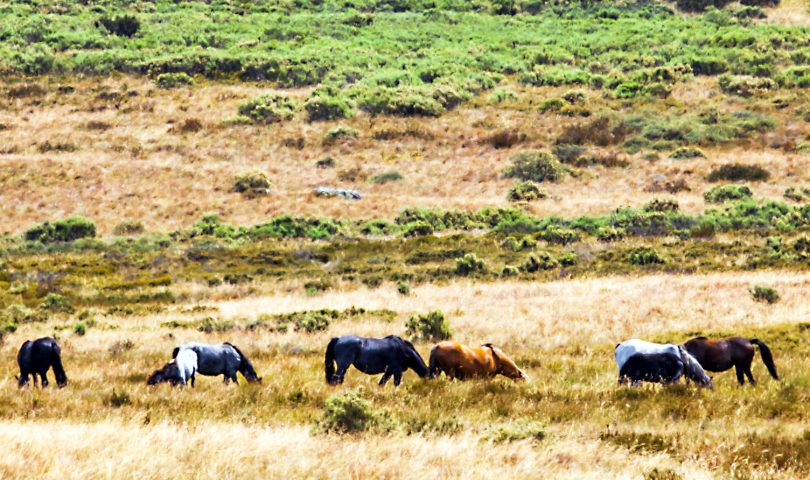
Feral horses are a major threat to the unique environment of the Australian Alps, says ACT Parks and Conservation Services. Photo: File.
The ACT Government has announced tough new measures to stop horses entering Namadgi National Park as part of its 2020 Feral Horse Management Plan.
The protection measures include cameras and on-the-ground surveillance to detect horse incursions from adjoining land, while the plan also details control measures including passive trapping and humane destruction of horses on-site, aerial shooting, and free-range ground shooting, should they get in.
ACT Environment Minister Mick Gentleman said the plan sent a strong message to his Victorian and NSW counterparts.
“Horses don’t respect boundaries,” Mr Gentleman said. “There’s no border control for horses, so they will go where the feed and the environment is good for them.”
Reclaim Kosci spokesperson Anthony Sharwood said the ACT had led the way in eradicating feral horses in Namadgi in the past, and this revamped plan would ensure horses don’t pollute Namadgi’s precious waterways or trample its rare alpine plants and animal habitats.
“This is a win for every Canberran who loves drinking clear, clean water, and for everyone who loves Namadgi, which is recovering slowly from last summer’s fires and cannot afford a four-hooved threat decimating its fragile ecosystems,” Mr Sharwood said.
The most recent aerial survey in 2019 estimated around 25,000 feral horses in the entire Australian Alps bioregion. The majority of these (around 20,0000) are in Kosciuszko National Park in NSW, with around 5000 in the Victorian high country.
There are currently believed to be none in Namadgi National Park and the high country of the ACT.
“In NSW, feral horses are protected by legislation passed in 2018,” Mr Sharwood said. “Because of the Wild Horse Heritage Act, vast areas of Kosciuszko are being ruined, with creeks becoming mudheaps, wetlands being destroyed, and native grasslands reduced to bare earth.
“This failure to manage horses adequately in NSW has led to growing horse numbers in the northern end of Kosciuszko National Park, meaning horses are more likely to cross into the ACT.
“The ACT plan, which has just been signed off, is based on good science and strong animal welfare principles, and has the clearly stated objective of protecting the natural and cultural values of Namadgi National Park from the impacts of feral horses. This plan should be the benchmark for feral horse management in NSW and Victoria.”
Original Article published by Sharon Kelley on About Regional.












